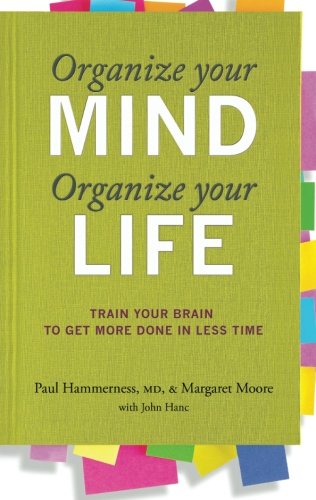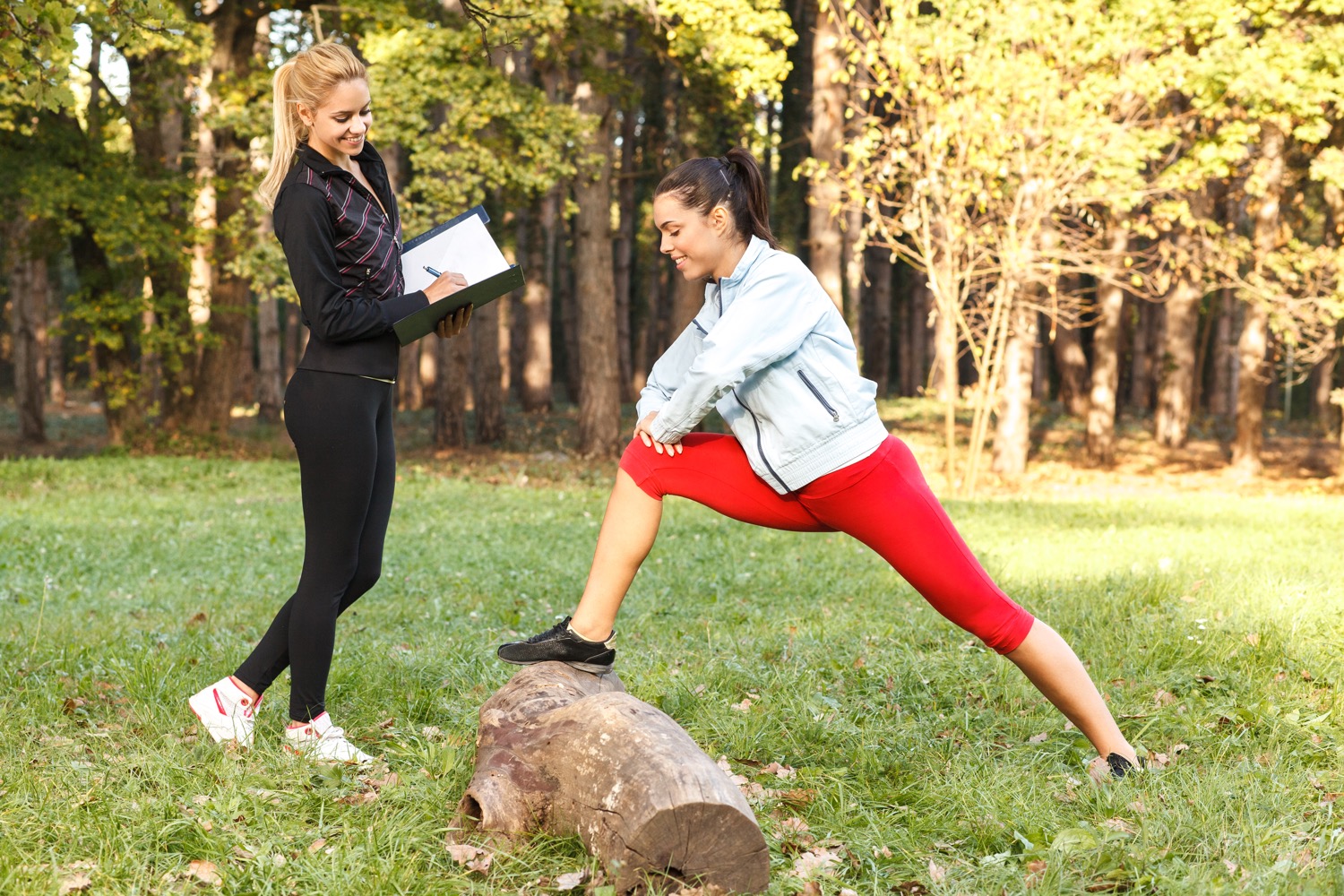Every cook should know how to make homemade soup, especially those on a budget and those interested in eating healthy.
Two weeks ago I wrote an unusual post about how to make soup stock. It might seem like an unusual post for blog on Obstetrics, Gynecology, and healthy lifestyle, but not when you take a closer look.
One pillar of healthy lifestyle is healthy eating and another pillar is a healthy home life. Home cooked food can help with both. Soup is one of the most comforting and potentially healthy home cooked foods. It is also one of the easiest, of course once you know how. Homemade soup is also one of the thriftiest things to make since you can utilize leftovers and assorted ingredients from the refrigerator, garden, or pantry.
How to start? As always, start by cleaning up any stray dishes in the kitchen, organizing, and assembling your ingredients. Thaw any broth you have frozen. If you have not made frozen broth you can obtain good organic broth in three different flavors at any natural food store. You can also get a jarred broth concentrate, also organic, at most grocery stores and at Costco as well.
Determine the vegetables you want to include. I'm a fan of great variety, But you can also make a vegetable flavored soup and emphasize one or two flavors such as red pepper. Prepare all of the vegetables by washing trimming and cutting them to the appropriate size.
I try to ask my patients to emphasize the protein in their diet. Decide what the protein in your soup will be. Consider chicken, red meat, fish, seafood,or even eggs. Cut your choice into bite-size pieces. If you can tolerate legumes like beans and peas and can handle the carbohydrate that they bring, those can be included as well. Prepare all these ingredients so that they are ready to put in the pot.
I like to try to make my soup with only one pot. Choose your pot based on the volume that you want to make. Make sure it is extra large so that when you stir it with a long wooden spoon nothing will spill out.
Use a good cooking olive oil to sauté your first ingredients.These would include garlic, onions, or chilies if they are in your recipe. You will do them first so that they will flavor the oil. Make sure to use enough olive oil on the bottom of the pan. After this, Add your meat, chicken, or fish. Sauté until golden brown, but not fully done. I like to add fairly heavy spices to the cooking meat at this point since the flavor seems to penetrate better than adding it later. Then add your vegetables one by one and cook them until partially done, going from the hardest such as carrots to the softest such as spinach at the last.
When everything seems partially and evenly done, add liquid. I usually add a a half a cup of either red or white wine first. This adds to the depth of flavor. Then I add my broth, at least enough to cover all the hard ingredients, and usually more. I may or may not add a can of diced or stewed tomatoes, depending on the flavor I want to achieve. All you have to do at that point is bring it to a boil briefly, then simmer until the hardest vegetables are fork tender. If you intend for your meats to get very tender, they will have to simmer at least a couple hours.
This is a good general recipe for a variety of different kinds of soup. You can make it with a large variety of different vegetables and if you add beans and a little pasta it turns out like a minestrone. If you add only a few vegetables and a lot of beans, tomato paste as well as onions and chilies, you have chili. You can pick a vegetable theme such as green vegetables and limit yourself to just a few onions, leeks, spinach, and kale. If you make a broth-y chicken soup with napa cabbage, ginger and green onions, you can drop whisked eggs into it and have egg drop soup. You can do the classic pumpkin soup especially at this time of year. Or you can go with the popular roasted red pepper soup.
If you have athletes, children or adolescents in the home, you can afford to serve this soup with a good whole-grain bread. Otherwise, it should stand on its own. You can always add a side salad and cold glasses of milk, to round it out.
Have fun with your soup and add some garnish. Garnishes can be anything from grated cheese or sour cream to minced green onions, parsley, crumbled hard-boiled eggs, sliced almonds or Siracha sauce.
You will find that people tend to gather around a kitchen table with a good homemade soup. Having a sitdown family dinner with soup is good for health and good for the soul.


























